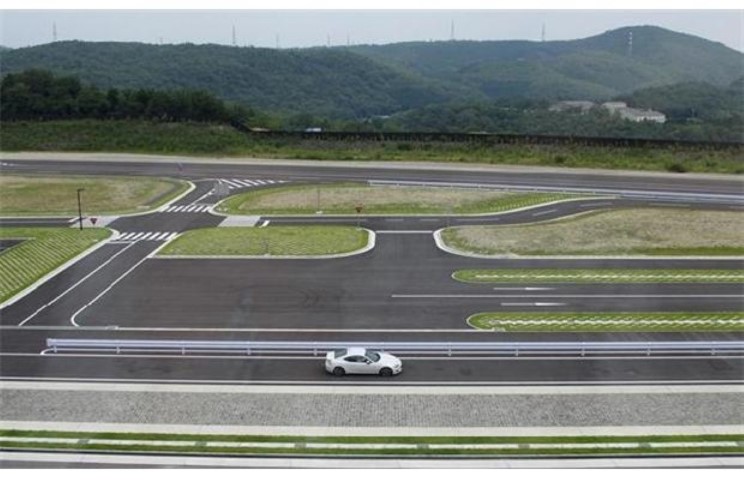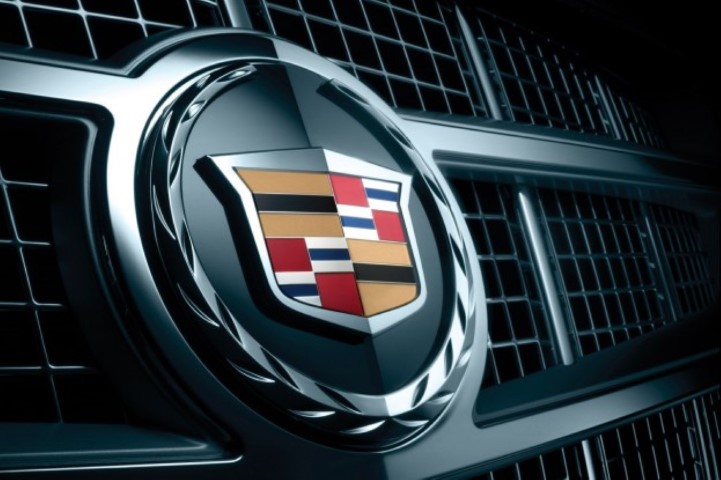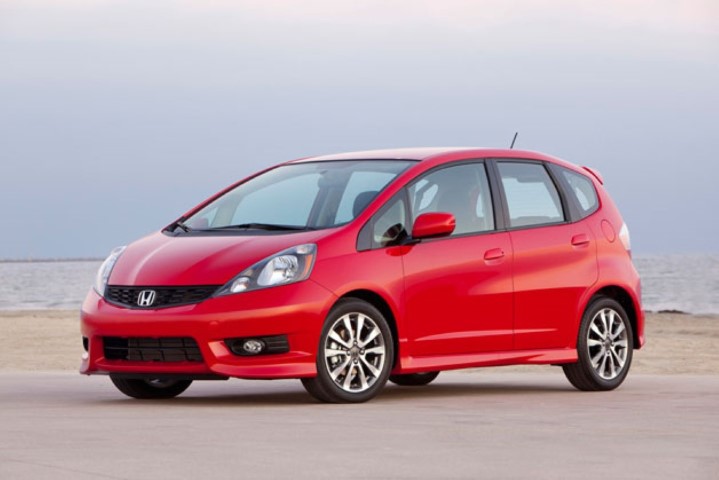TAJIMI, Japan - Toyota is opening a training facility for mechanics complete with a test course that simulates 13 driving conditions including cobblestones and bumpy roads as part of the automaker's efforts to avoid a repeat of its recall fiasco.
A ceremony with Toyota Motor Corp. President Akio Toyoda and government officials was held at the 9 billion yen ($90 million) Tajimi Service Center Monday in Gifu Prefecture, central Japan, near Toyota city where the car maker is headquartered.
Toyoda said quality must remain a priority even as the company becomes ever more global, with buyers driving on a range of road conditions. The centre will initially train about 2,600 mechanics year, and eventually 4,800 mechanics a year, the company said.
Toyota has about 120,000 mechanics around the world and those numbers are expected to grow with sales expanding in emerging markets.
Toyota's reputation for quality was tarnished by massive global recalls that started five years ago. The automaker announced recall after recall, spanning almost every model in its lineup, totalling more than 10 million vehicles being recalled.
At the facility, Shinto priests in robes waved branches and hurled specks of paper before an altar with offerings of cabbage and oranges in a purification ceremony. Executives, dealers and officials lined up to bow and clap in what Toyota said was a prayer that its cars would stay safe.

The renewed focus on checking up on defects even after a vehicle has been delivered highlights Toyota's determination to stop recalls from spiraling out of control — not just in development and design stages but also after production and years of use.
"No vehicle is used in the same way, and all sorts of things happen that cannot be anticipated at the development stage," Toyoda said. "It is impossible to build a vehicle that will never break down."
Toyoda pointed to one problem with Prius hybrid braking, which the company had initially deemed safe, but upon testing had been found to work 0.06 seconds slower than the previous model, and customers were not feeling comfortable.
The new facility might not end recall problems once and for all, but will help the automaker respond more quickly, Toyoda told reporters.
"When something happens next time, we will be faster with our response and then people can trust our vehicles more as safe," he said.
Other automakers have similar training and test-course facilities, and Toyota also has other training centres. But the Tajimi centre is among the biggest for any automaker, with a 1.3 kilometre (0.8 mile) track with 13 different kinds of road conditions, including cracked, bumpy and wet surfaces.
It is dotted with big "Safety First" signs. A four-story building has classrooms and areas where car-maintenance checkups can be practiced. Tajimi has one of the hottest temperatures in Japan, but gets snow in the winter, allowing mechanics to study what severe weather does to cars.
Toyota, which makes Lexus luxury models and the Camry sedan, has sprung back from the recall disaster and re-emerged as the world's top automaker, growing in new markets such as China and Indonesia, while regaining sales share in the U.S
"Toyota has been taking longer in model development to be more careful and strengthen quality controls," said Nomura Securities Co. auto analyst Masataka Kunugimoto.
Despite the recall problems, Toyota boasts among the highest quality standards in the industry, he said.
Still, the arrival of new kinds of vehicles such as hybrids means maintenance crews must be trained to spot abnormal vehicle responses, diagnose problems and research new kinds of service technology, according to Toyota.
Training is also mental and involves instilling the right "customer-first" spirit in the mechanics in 135 nations so they won't let a quality failure get by, it said.
In 1935, when Toyota's G1 truck was riddled with problems, company founder Kiichiro Toyoda, Akio Toyoda's grandfather, rushed around to personally fix breakdowns and apologize to customers, Toyoda said to drive home the message of quality.
American Adam J. Crawford, from Arizona, among the instructors at the centre, acknowledged he wasn't sure he could really avoid massive recalls by training people who fix cars, but he said he was hopeful.
"If I can instil in him a desire and a true want to have good quality in everything he does, from an oil change to an engine overhaul, then I think we can keep our customers happy and we can keep the quality of our vehicles very high," he said.





